The most common Kawasaki Bayou 300 common problems are engine won’t start, overheating issues, transmission problems, braking problems, excessive smoke from the exhaust, and battery charging issues.
Here are the easy solutions to these problems. Let’s explore them one by one.
7 Major Kawasaki Bayou 300 common problems
Now we are going to discuss the major problems of Kawasaki 300 with their easy solutions.
1. The engine won’t start

If you’re having trouble starting your Kawasaki Bayou 300 engine, there could be a few reasons. Let’s go through some common issues and solutions:
- Check the Fuel: Make sure there’s enough fuel in the tank. Sometimes, the engine won’t start simply because it’s out of gas. If the fuel level is low, fill it up and try starting again.
- Inspect the Spark Plug: A faulty or dirty spark plug can prevent the engine from starting. Remove the spark plug and inspect it. If it’s covered in dirt or debris, clean it with a wire brush. Replace it with a new one if it’s damaged or worn out.
- Check the Battery: A weak or dead battery can also cause starting issues. Ensure that the battery terminals are clean and tight. If the battery is low on charge, try jump-starting it or charging it with a battery charger.
- Verify the Ignition Switch: Make sure the ignition switch is turned on. Sometimes, it’s easy to overlook this simple step, but it can prevent the engine from starting if the switch is off.
- Inspect the Fuel Filter and Lines: If the fuel filter or fuel lines are clogged or damaged, fuel flow to the engine can be restricted, causing starting problems. Inspect the fuel filter and lines for any blockages or leaks, and replace them if necessary.
- Check the Carburetor: The carburetor is responsible for mixing air and fuel for combustion. If it’s dirty or clogged, it can prevent the engine from starting. You may need to clean the carburetor thoroughly or have it serviced by a professional if necessary.
- Verify the Choke: If your Kawasaki Bayou 300 has a choke, make sure it’s functioning properly. Engage the choke before attempting to start the engine, especially if the engine is cold.
- Inspect the Air Filter: A dirty or clogged air filter can restrict airflow to the engine, affecting combustion. Remove the air filter and clean it, if it is dirty. If it is too old then replace it.
- Check for Mechanical Issues: If none of the above solutions work, there may be underlying mechanical issues such as low compression or a faulty starter motor. In such cases, it’s best to have the engine inspected by a qualified mechanic.
2. Overheating Problems
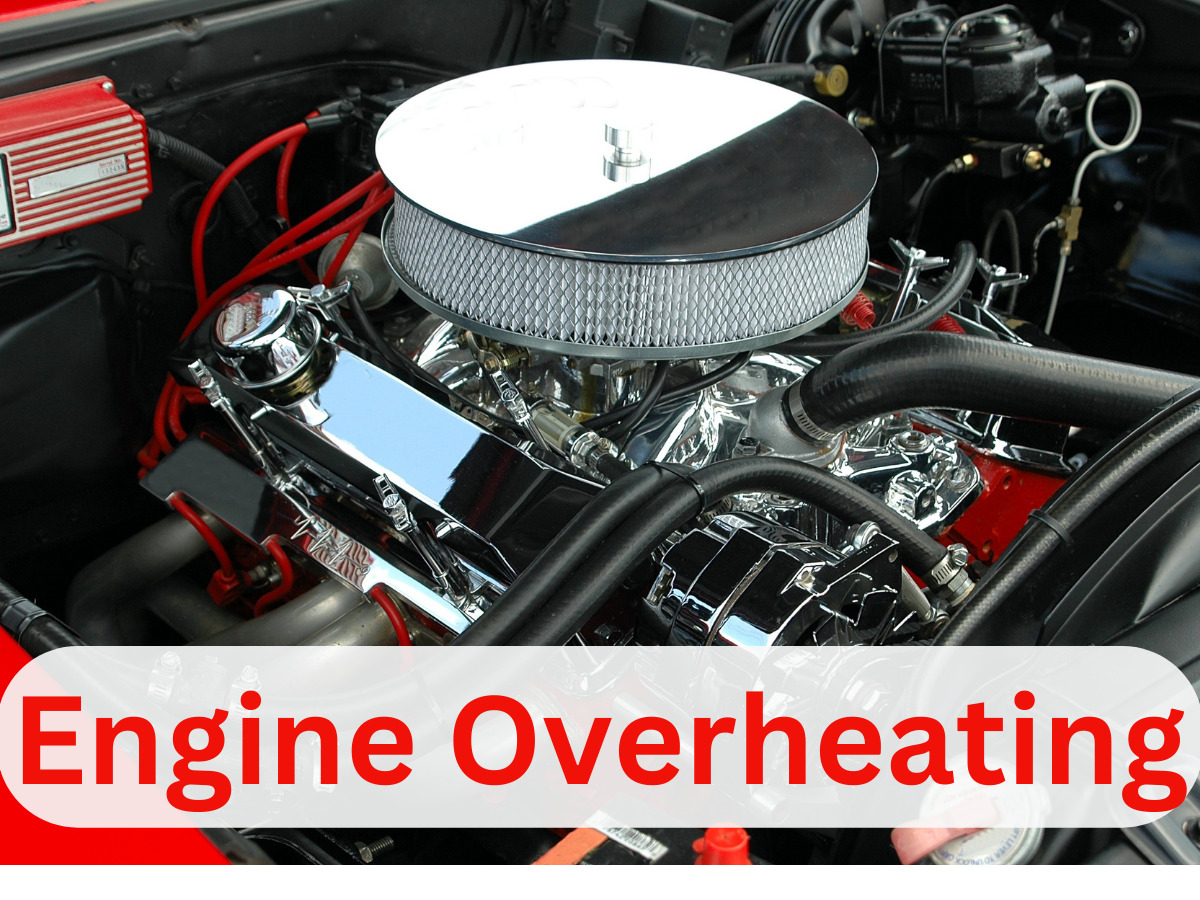
Some users may encounter issues where the engine gets too hot, leading to overheating problems.
Causes of Overheating:
Several factors can contribute to the Kawasaki Bayou 300 overheating:
- Low Coolant Level: The ATV’s cooling system requires a sufficient amount of coolant to regulate the engine temperature. Your ATV engine begins to overheat due to low coolant levels.
- Coolant Leak: A leak in the coolant system can cause a loss of coolant fluid, leading to overheating. Leaks can occur due to damaged hoses, radiators, or seals.
- Clogged Radiator: Over time, dirt, debris, and mineral deposits can accumulate in the radiator, obstructing the coolant flow. This reduces the radiator’s ability to dissipate heat, causing the engine to overheat.
- Faulty Thermostat: The thermostat controls how much cool liquid flows through the engine. If it malfunctions or gets stuck closed, it can prevent the coolant from circulating properly, leading to overheating.
- Broken Water Pump: The water pump is responsible for circulating coolant throughout the engine. If the water pump is damaged or malfunctioning, it can hinder the coolant flow, resulting in overheating.
Troubleshooting and Solutions:
To address overheating issues with the Kawasaki Bayou 300, users can follow these steps:
- Check Coolant Level: Verify that the coolant reservoir is filled to the recommended level. If the level is low, add more of the right coolant mixture.
- Inspect for Leaks: Examine the ATV for any signs of coolant leaks, such as puddles beneath the vehicle or visible damage to hoses and seals. Repair or replace any components that are leaking.
- Clean the Radiator: Remove any debris or buildup from the radiator fins using a soft brush or compressed air. Consider flushing the cooling system to remove any accumulated sediment.
- Test the Thermostat: Remove the thermostat from the engine and test it using boiling water. If it fails to open at the correct temperature, replace it with a new one.
- Check the Water Pump: Inspect the water pump for signs of damage or wear. If it’s faulty, replace it with a new one to ensure proper coolant circulation.
- Monitor Operating Conditions: While using the ATV, pay attention to the engine temperature gauge. If it starts to approach the overheating range, stop and allow the engine to cool down before continuing.
3. Transmission Troubles
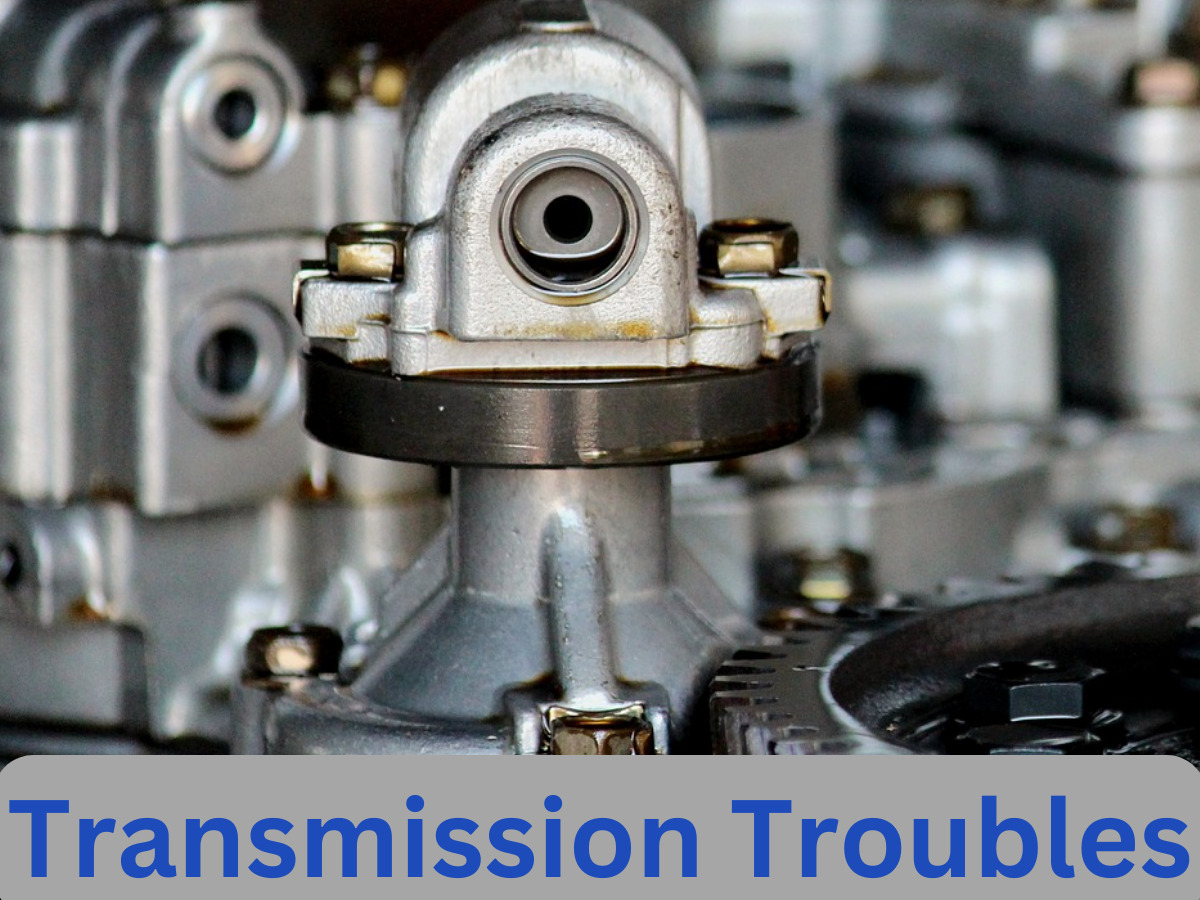
The transmission in your Kawasaki Bayou 300 is responsible for transferring power from the engine to the wheels, allowing your ATV to move forward or backward. Transmission troubles can show up in various ways, such as difficulty shifting gears, strange noises, or even the ATV not moving properly.
Here are some common transmission issues and what they might mean:
- Difficulty Shifting Gears: If you’re having trouble shifting gears, it could be due to several reasons. One common cause is low transmission fluid levels. Transmission fluid is essential for smooth gear changes, so if it’s low or dirty, it can cause shifting problems. Another possibility is a worn clutch or gears, which may need to be replaced.
- Strange Noises: Unusual noises coming from the transmission, such as grinding or whining sounds, can indicate serious issues. These noises could be a sign of worn gears, bearings, or other internal components. Ignoring these sounds could cause more damage and expensive fixes.
- Slipping Gears: If you notice your ATV slipping out of gear or struggling to stay in gear, it could be a sign of a slipping clutch or worn transmission components. This issue typically requires professional attention to diagnose and repair.
- Burning Smell: A burning smell coming from the transmission could indicate overheating or burnt transmission fluid. Overheating can damage internal components and lead to transmission failure if not addressed promptly.
To troubleshoot transmission problems with your Kawasaki Bayou 300, here are some steps you can take:
- Check Transmission Fluid: Ensure that the transmission fluid levels are enough and that the fluid is clean. If it’s low or dirty, consider changing it according to the manufacturer’s recommendations.
- Inspect for Leaks: Look for any signs of leaks around the transmission area. Leaks can cause the fluid levels to drop and lead to issues with the transmission.
- Listen for Noises: Pay attention to any unusual noises coming from the transmission while riding your ATV. Grinding, whining, or clunking sounds could indicate underlying issues.
- Monitor Performance: Keep an eye on how your ATV performs while riding. If you notice any sudden changes, such as difficulty shifting or slipping gears, it’s essential to address them promptly.
- Seek Professional Help: If you’re unable to diagnose or fix transmission issues on your own, it’s best to seek assistance from a qualified mechanic or dealership. They have the expertise and tools to properly diagnose and repair transmission problems.
Also read Kawasaki KRX 1000 Problems
4. Battery Charging Problems
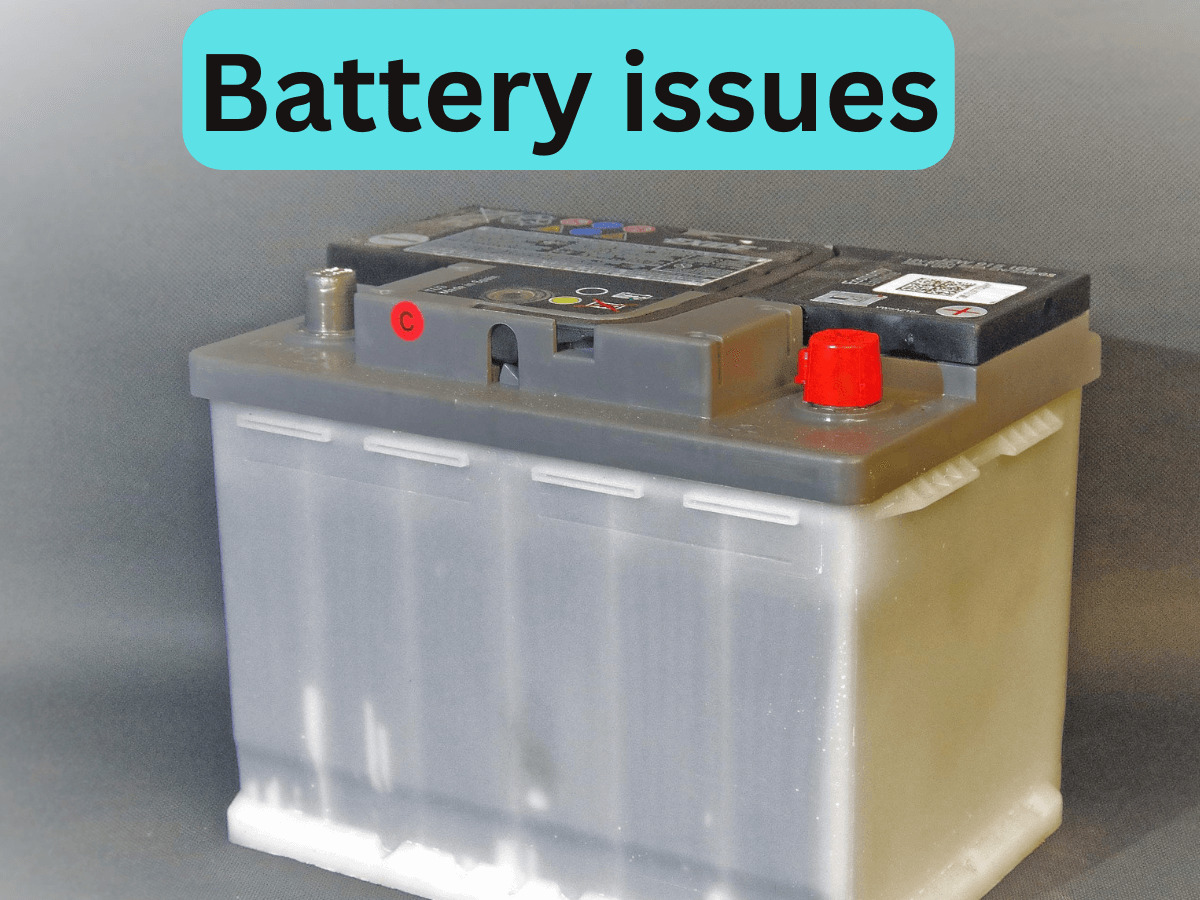
let’s discuss the common battery charging problems that users might face with the Kawasaki Bayou 300 in simple terms.
- Battery Not Charging: One of the most common issues is when the battery doesn’t charge even after riding the ATV (All-Terrain Vehicle). This can happen due to various reasons.
- Faulty Charging System: The charging system of the ATV might have some problems. This system includes components like the alternator, voltage regulator, and wiring. If any of these parts fail, the battery won’t charge properly.
- Loose or Corroded Connections: Sometimes, the connections between the battery and the charging system can become loose or corroded. This can prevent proper charging. It’s important to check and tighten these connections regularly.
- Battery Age and Condition: If the battery is old or in poor condition, it might not hold a charge properly. Batteries have a lifespan, and when they reach the end of it, they need to be replaced.
- Overcharging or Undercharging: Both overcharging and undercharging can harm the battery. Overcharging can cause the battery to overheat and lose its ability to hold a charge while undercharging can lead to a depleted battery.
- Faulty Voltage Regulator: The voltage regulator controls the amount of charge going into the battery. If it’s faulty, it can either overcharge or undercharge the battery, leading to problems.
- Electrical Issues: Sometimes, there might be underlying electrical issues in the ATV’s system, such as damaged wiring or a malfunctioning component, which can affect the charging process.
- Environmental Factors: Extreme temperatures or exposure to moisture can also affect the battery’s performance and charging ability. It’s important to store the ATV properly and protect it from harsh conditions.
To troubleshoot and fix these issues:
- Start by checking the connections and cleaning any corrosion.
- Test the battery to see if it’s holding a charge properly. If not, consider replacing it.
- Inspect the charging system components for any signs of damage or wear.
- If you’re not comfortable diagnosing or fixing the problem yourself, it’s best to consult a professional mechanic who specializes in ATV repairs.
5. Excessive Smoke from Exhaust
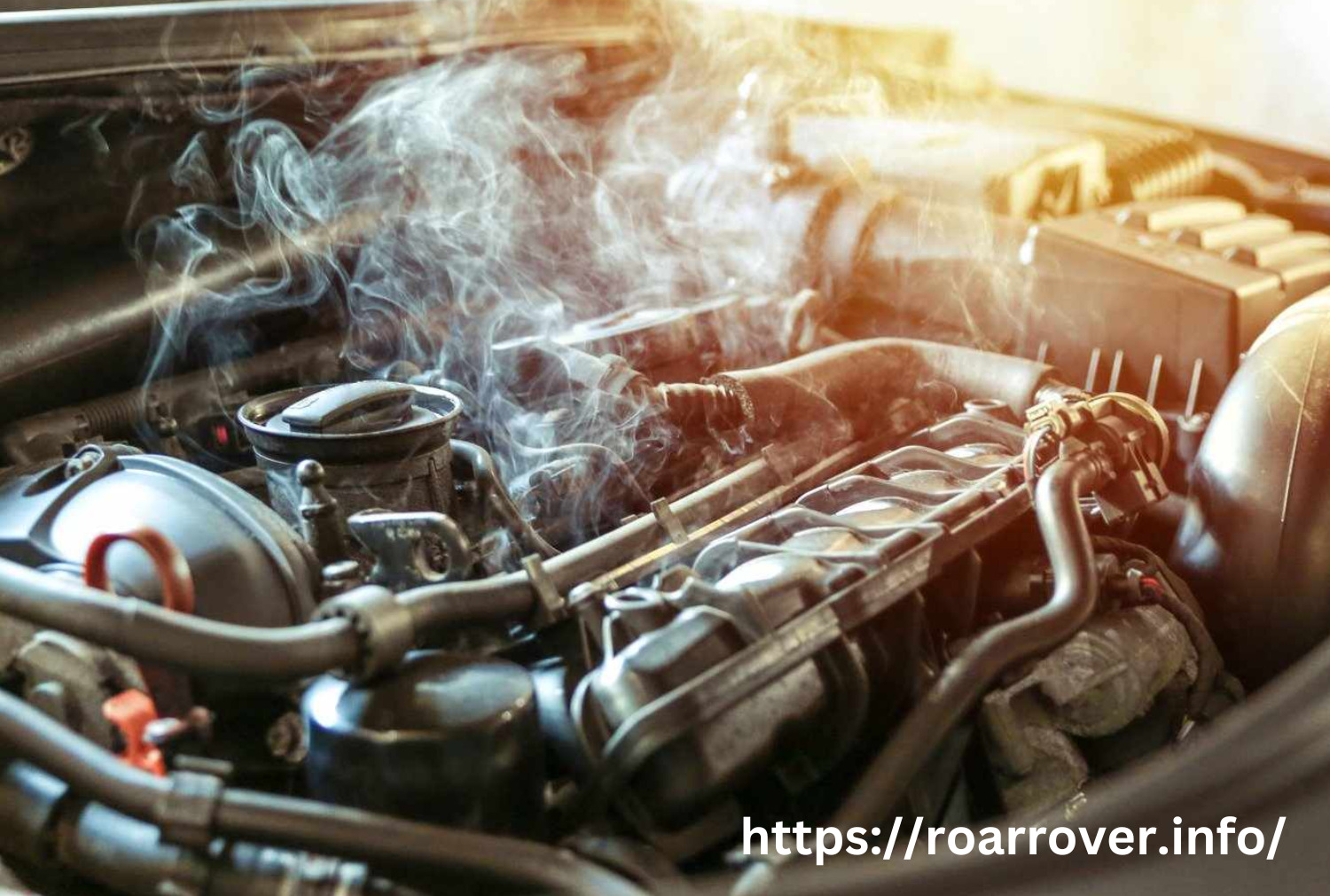
Experiencing excessive smoke coming from the exhaust of a Kawasaki Bayou 300 can be a concerning issue, but understanding the possible causes and solutions can help address the problem effectively.
- Engine Oil Overfill: One common reason for excessive smoke is overfilling the engine oil. When there’s too much oil in the engine, it can lead to increased pressure and result in oil being burned off in the combustion chamber, causing smoke. To fix this, check the oil level and ensure it’s within the recommended range.
- Worn Piston Rings: Piston rings are crucial for sealing the combustion chamber and preventing oil from entering. If these rings wear out or become damaged, oil can leak into the combustion chamber and burn along with the fuel, causing smoke. Replacing the piston rings may be necessary to resolve this issue.
- Valve Seals: The valve seals prevent oil from seeping into the combustion chamber when the engine is not running. If these seals wear out or become damaged, oil can leak into the combustion chamber, leading to smoke during operation. Replacing the valve seals can rectify this problem.
- Clogged Air Filter: A clogged air filter restricts airflow to the engine, causing it to run rich (too much fuel compared to air). This can result in incomplete combustion and the production of excess smoke. Check the air filter regularly and clean or change it when necessary.
- Carburetor Issues: Problems with the carburetor, such as incorrect adjustment or clogging, can cause the engine to run rich or lean, leading to excessive smoke. Cleaning the carburetor thoroughly and ensuring proper adjustment can help alleviate this issue.
- Engine Wear and Tear: Over time, internal engine components can wear out, leading to issues like worn valve guides or seals, worn piston rings, or cylinder wall damage. These issues can cause oil to leak into the combustion chamber and result in smoke. A comprehensive engine inspection may be needed to identify and address any wear-related problems.
- Incorrect Fuel Mixture: Using the wrong fuel mixture or improper fuel-to-oil ratio in a two-stroke engine can lead to excessive smoke. Make sure to use the correct fuel and oil mixture as specified in the owner’s manual.
- Coolant Leak: In rare cases, a coolant leak into the combustion chamber can also cause excessive smoke. Check for signs of coolant leakage and repair any leaks promptly.
6. Excessive Vibration
Experiencing excessive vibration issues with your Kawasaki Bayou 300 can be frustrating, there are multiple causes behind it.
- Engine Mounts: One common cause of excessive vibration is worn or damaged engine mounts. Engine mounts are rubber components that support the engine and absorb vibrations. Over time, these mounts can deteriorate, leading to increased vibration. Inspect the engine mounts regularly and replace them if needed.
- Unbalanced Wheels: Another possible culprit is unbalanced wheels. When the wheels are not properly balanced, it can cause vibrations, especially at higher speeds. Take your ATV to a professional mechanic or tire shop to have the wheels balanced correctly.
- Worn or Damaged Drive Shaft: The drive shaft transfers power from the engine to the wheels. If the drive shaft is worn or damaged, it can cause excessive vibration. Inspect the drive shaft for any signs of wear or damage, such as cracks or excessive play, and replace it if necessary.
- Loose or Damaged Components: Loose or damaged components in the suspension system, such as bushings, bearings, or bolts, can also contribute to vibration issues. Inspect the suspension components thoroughly and tighten or replace any parts that are loose or damaged.
- Engine Problems: Issues with the engine itself, such as misfiring or poor combustion, can cause vibrations. Make sure the engine is properly tuned and running smoothly. If you notice any problems with the engine, such as rough idling or loss of power, have it inspected by a qualified mechanic.
- Exhaust System: A damaged or improperly installed exhaust system can also cause vibrations. Check the exhaust system for any leaks, loose connections, or damaged components, and repair or replace them as needed.
- Improperly Balanced Clutch: If the clutch is not properly balanced, it can cause vibrations during acceleration. Have the clutch inspected by a mechanic and adjusted if necessary.
- Frame Damage: In rare cases, damage to the frame of the ATV can cause excessive vibration. Inspect the frame for any signs of damage, such as cracks or bends, and have it repaired or replaced if necessary.
7. Braking Difficulties
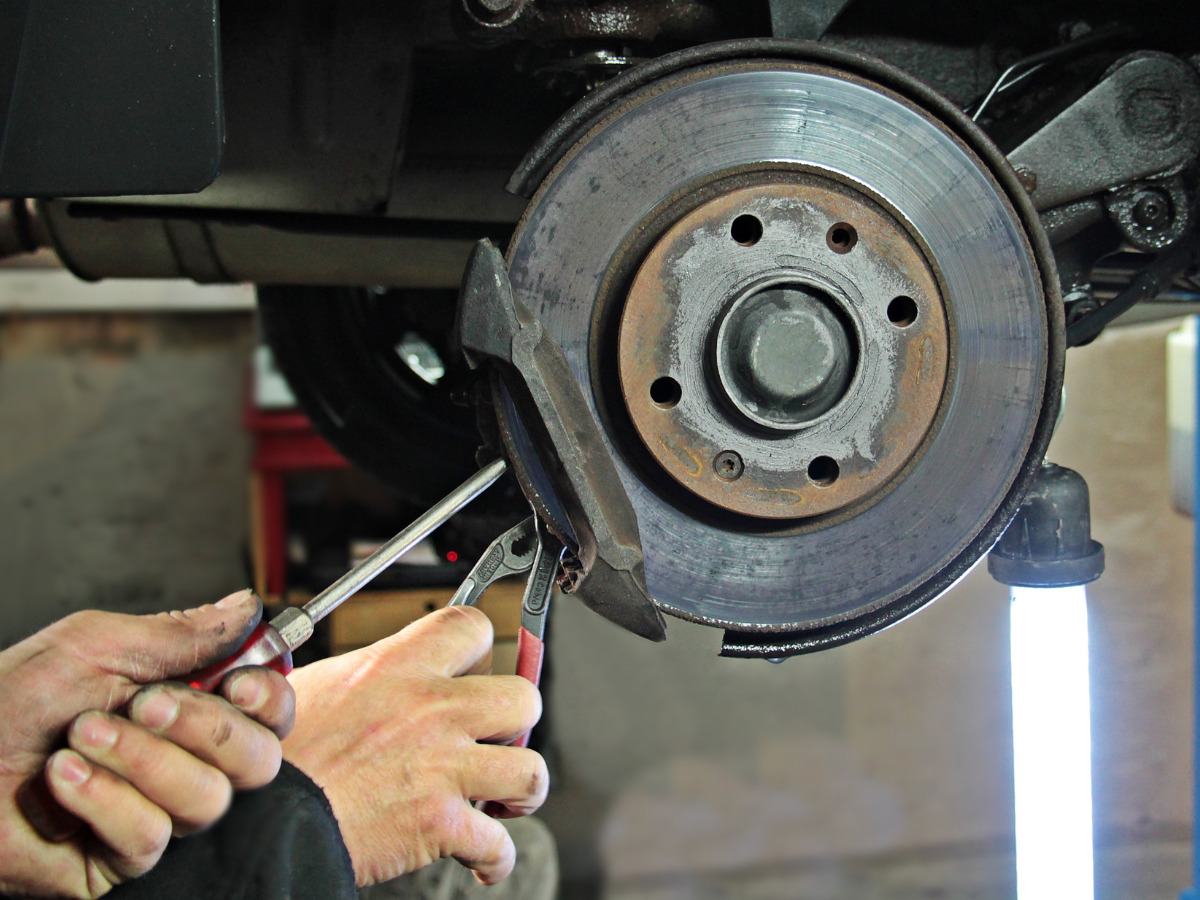
The braking system in your Kawasaki Bayou 300 is a crucial component for safety. It typically consists of brake pads, brake discs (rotors), brake calipers, brake lines, and brake fluid. When you apply pressure to the brake lever or pedal, the brake pads are pressed against the brake discs, creating friction and slowing down the vehicle.
Common Braking Issues:
- Soft or Spongy Brake Lever/Pedal: If your brake lever or pedal feels soft or spongy when you apply pressure, it could indicate air in the brake lines or a leak in the brake system. Air bubbles can compress, reducing the effectiveness of the brakes.
- Reduced Braking Power: If you notice that your brakes are not as effective as they used to be, it could be due to worn brake pads or discs. Over time, brake pads wear down, reducing their ability to generate friction. Similarly, brake discs can become worn or warped, reducing their effectiveness.
- Grinding or Squealing Noise: A grinding or squealing noise when you apply the brakes could indicate worn brake pads. When brake pads wear down, the metal backing plate can come into contact with the brake disc, causing a noise.
Troubleshooting Braking Difficulties:
- Inspect Brake Pads and Discs: Start by inspecting the brake pads and discs for wear. If the brake pads are thinner than 1/8 inch, it’s time to replace them. Additionally, look for any signs of damage or warping on the brake discs.
- Check Brake Fluid Level: Ensure that the brake fluid reservoir is filled to the appropriate level. Having low brake fluid can make your brakes work less effectively.
- Bleed the Brakes: If you suspect air in the brake lines, you may need to bleed the brakes to remove any trapped air bubbles. This process involves opening the brake bleeder valves and allowing the air to escape while replenishing the brake fluid.
- Inspect Brake Calipers: Check the brake calipers for proper operation. If the calipers are sticking or not releasing properly, it can cause the brakes to drag, leading to reduced braking performance.
- Replace Worn Components: If you find that the brake pads or discs are worn beyond their service limits, they should be replaced. Additionally, any damaged brake components should be replaced as well.
Conclusion:
As you see here we discuss the 7 major Kawasaki Bayou 300 common problems with their easy solutions. Solve these issues on time and enjoy your off-road journey.








